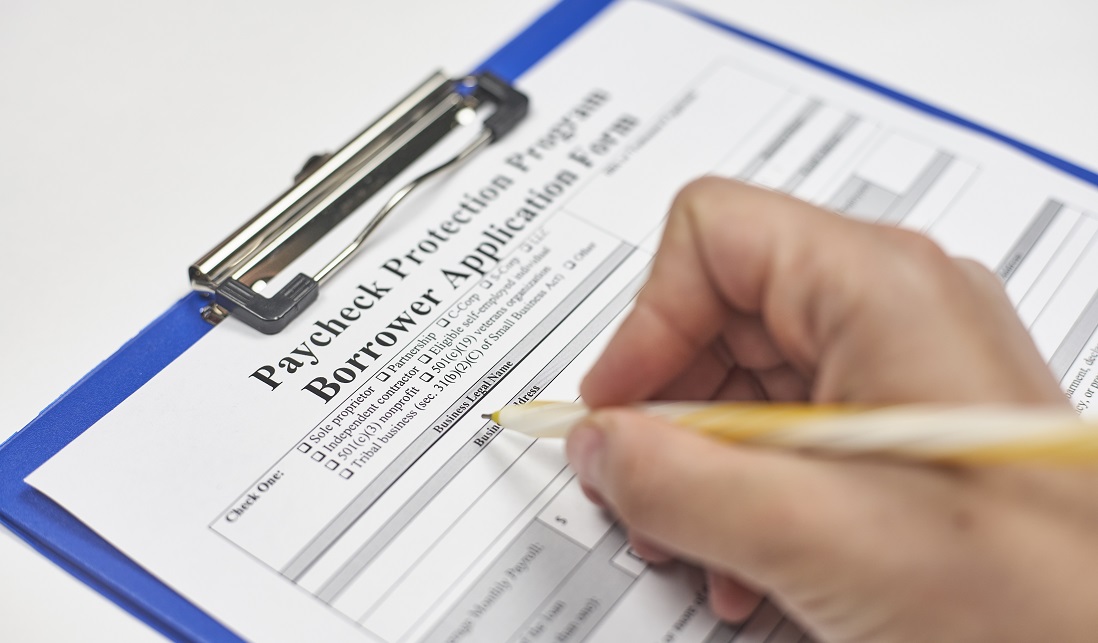Congress is continuing to help out small businesses impacted by the coronavirus pandemic with landmark legislation designed to keep employees on the payroll.
Chief among legislation designed to soften the economic impact was the Paycheck Protection Program which originally went into effect in early April. Now, legislators are making it easier for small businesses to stay afloat using the program after passing the Paycheck Protection Program Flexibility Act (PPPFA) last week.
Sourced from a Forbes article on the legislation, here is what AV integrators and other small businesses need to know about the changes:
Payroll amount required reduced
The PPPFA reduces the amount of loan needed for payroll from 75% to 60%, which increases the amount of funds available for other costs from 25% to 40%. However, that’s less than the 50-50 split business groups were advocating for on Capitol Hill.
The law still allows for loan forgiveness for a variety of expenses, like rent, mortgage payments, utilities and loan interest. What isn’t eligible is inventory, personal protection equipment and remote working expenses.
Expanded timeline
Another big issues for business groups was that they had to spend the funds it eight weeks after the loan was received. Some AV integrators have said they were able to keep employees on the payroll and bring some furloughed employees back thanks to the PPP, but were expected to have to do it all over again once the funds ran out.
The PPPFA expands that time frame from eight weeks to 24 weeks, giving recipients more flexibility to use the funds until the end of 2020.
According to Forbes, this could make getting loans forgiven more likely since the loan amount was based on one month of 2019 payroll multiplied by 2.5, which comes out to about 10 weeks.
Another added benefit is businesses can still apply for forgiveness after eight weeks if they want.
Read Next: Help Your Employees by Applying for the Paycheck Protection Program
Rehiring deadline pushed to end of 2020
The PPP required businesses to rehire all workers by the end of June for their salaries to count towards forgiveness. However, many businesses are either still not open or won’t be at full capacity by that date. The PPPFA extends that date to the end of 2020.
Forbes notes that the new law didn’t change how salaries are calculated towards forgiveness. The payroll calculation used in the loan application still applies to the forgivable amount.
Rehiring requirements eased
The PPP required businesses to keep the same number of employees on payroll as was used to calculate and apply for the loan. In addition to extended the rehiring date to the end of the year, the PPPFA allows businesses to still receive forgiveness on payroll amounts if businesses:
- Are unable to rehire an employee who was on payroll on or before Feb. 15
- Demonstrates an inability to hire similarly qualified employees on or before the end of 2020
- Demonstrates an inability to return to the same level of business activity prior to Feb. 15
Further guidance is expected to define those terms and standards, according to the publication.
Repayment tern expanded
The PPPFA also extends the repayment period from to years to five years at a 1% interest rate in the event a loan is not forgiven.
According to Forbes, the first payment will be deferred for six months after the SBA makes a determination on forgiveness, but businesses could have until May 2021 to make their first payment since banks have 60 days to make a determination and the SBA has another 90 days.

















